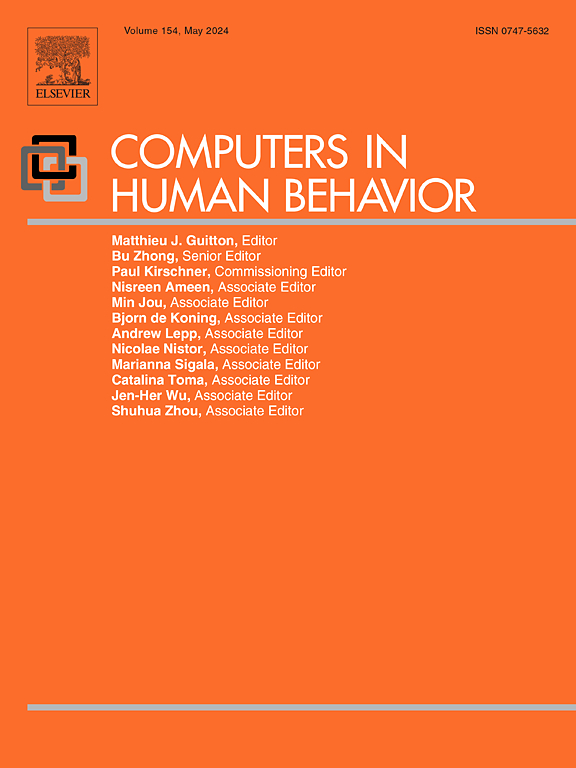Who is to blame for AV crashes? Public perceptions of blame attribution using text mining based on social media
IF 9
1区 心理学
Q1 PSYCHOLOGY, EXPERIMENTAL
引用次数: 0
Abstract
Autonomous vehicles (AVs) are transitioning from the laboratory to the market phase. However, frequent AV crashes hindered the commercialization. Since the human driver and AV systems jointly control the vehicle, responsibility is difficult to attribute. Previous research primarily investigated the blame attribution in AV crashes from an ethical or legal perspective using traditional questionnaires based on vignette-based scenarios, but reached contradictory conclusions. Public perception, as a significant source of law, is often overlooked. The research extracted 90,426 valid comments on Chinese social media platforms (Sina Weibo and TikTok) about AV crashes from April 2021 to January 2025, breaking down the limitations of traditional attribution research with novel data sources. Bidirectional Encoder Representations from Transformers (BERT) model exceeds other deep learning models in classification accuracy of blame attribution comments. The Latent Dirichlet Allocation (LDA) results revealed an interesting topic Publicity, expanding the targets of traditional research. Regarding the topic AV system, the public appeared to have difficulty in classifying AV levels, with the highest blame volume and most negative sentiments. Importantly, we found certain connections among topics that chaotic publicity results in biased public perceptions of AV systems, thereby leading to over-trust in AV technology, which ultimately increases crash rates.
谁应该为AV崩溃负责?使用基于社交媒体的文本挖掘的公众对指责归因的看法
自动驾驶汽车(AVs)正从实验室阶段过渡到市场阶段。然而,频繁的自动驾驶事故阻碍了其商业化。由于人类驾驶员和自动驾驶系统共同控制车辆,因此很难确定责任归属。以往的研究主要是从道德或法律的角度,通过基于小场景的传统问卷调查来调查自动驾驶事故的责任归属,但得出了相互矛盾的结论。公众的看法作为法律的重要来源,却常常被忽视。该研究从2021年4月至2025年1月,在中国社交媒体平台(新浪微博和TikTok)上提取了90426条关于自动驾驶汽车崩溃的有效评论,用新颖的数据来源打破了传统归因研究的局限性。BERT (Bidirectional Encoder Representations from Transformers)模型在归因评论分类准确率上优于其他深度学习模型。潜在狄利克雷分配(Latent Dirichlet Allocation, LDA)的结果揭示了一个有趣的话题,扩大了传统研究的目标。对于AV系统的话题,公众似乎很难对AV级别进行分类,指责最多,负面情绪最多。重要的是,我们发现了主题之间的某些联系,混乱的宣传导致公众对自动驾驶系统的偏见,从而导致对自动驾驶技术的过度信任,最终增加了撞车率。
本文章由计算机程序翻译,如有差异,请以英文原文为准。
求助全文
约1分钟内获得全文
求助全文
来源期刊

Computers in Human Behavior
Multiple-
CiteScore
19.10
自引率
4.00%
发文量
381
审稿时长
40 days
期刊介绍:
Computers in Human Behavior is a scholarly journal that explores the psychological aspects of computer use. It covers original theoretical works, research reports, literature reviews, and software and book reviews. The journal examines both the use of computers in psychology, psychiatry, and related fields, and the psychological impact of computer use on individuals, groups, and society. Articles discuss topics such as professional practice, training, research, human development, learning, cognition, personality, and social interactions. It focuses on human interactions with computers, considering the computer as a medium through which human behaviors are shaped and expressed. Professionals interested in the psychological aspects of computer use will find this journal valuable, even with limited knowledge of computers.
 求助内容:
求助内容: 应助结果提醒方式:
应助结果提醒方式:


